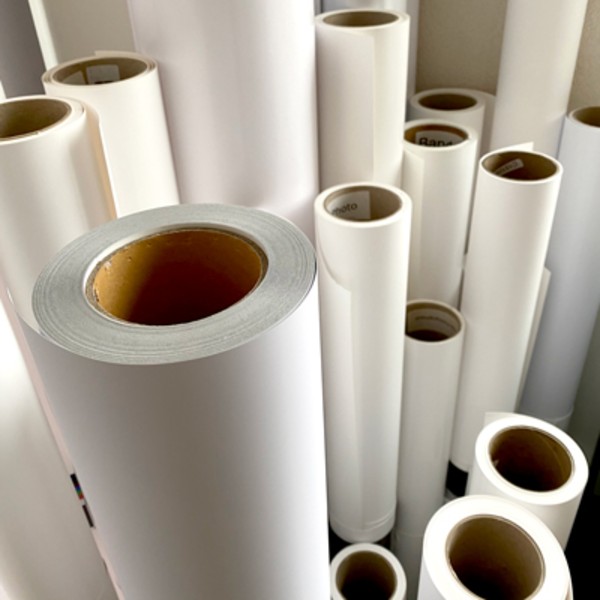Blogs
The choice of paper; the role of OBAs
Door: Cick Geers
Until roughly two decades ago, inkjet was not on the radar of photographers and artists at all. You just ordered a chemical photo print from your lab like you were used to doing. You only just thought about gloss or matte. Meanwhile, the industry developed inkjet into a new standard. Inkjet printers were developed and papers became available. The birth of the digital darkroom was a fact. We ask Erik Stoffers of Hoogeveen’s Wilcovak, an authority in the field of fine art printing, about the importance of choosing the right paper.
‘As an artist it is very wise to make a good choice when it comes to the type of paper you want to work with. I realize that making such a choice can be quite difficult. My advice is therefore: if in doubt, consult a specialist. It is his field and most specialists like to help you get the best result. At least that applies to me,’ Erik adds, laughing.
Choice stress
‘What I often encounter is choice stress on the part of the artist. If you choose inkjet paper, why do you have to choose from so many types? However, you can limit the choice for yourself by choosing a type of paper that suits your work and sticking to it. Good is good in that case. But sometimes your work requires you to think a little more deeply about your choice of paper. Then you quickly come to the presence or absence of OBA’s in the paper. I myself consider this to be the most important property that weighs in the choice of paper’.
Optical brightening agents
Erik explains that OBA stands for Optical Brightening Agents. These provide a bright white tint. This may be desirable for prints, but the artist must realize that it only works under the influence of UV light. This is because fluorescence reflects invisible UV light as visible blue light. This makes prints appear beautifully bright white.
So the OBA only has its function when UV light is available,’ says Erik. Therefore it is good to be aware that if after printing and framing museum glass with a high UV protection, or Diasec® which is 99% UV resistant, is used, OBA’s in photo paper have insufficient or no effect at all. Also remember that while there may be UV light coming into the house during the day, this is usually no longer the case in the evening when there is artificial light’.
Durability of art work
The durability and shelf life of the work is an important element in the choice of paper. What should you look for? ‘So, as I mentioned, OBA’s make your prints bright white. But over time the effect deteriorates to a great extent. If it is important for your artwork to last, then this might be an element you want to consider. The bright white that first made your prints so bright will eventually disappear and turn yellowish in color. For temporary presentation prints and exhibition panels, OBA holding paper is a great choice when you want extra brightness in your image’.
Now what paper contains these OBAs? ‘It’s in almost all the ‘normal paper’ you use in an office environment. But it is also used in paper for photo prints. It is always in the so-called ‘RC paper’ in which PE is incorporated. In inkjet, we talk about Premium Matte, Premium Luster and Premium Glossy papers. Also silver halide RA-4 prints also known as chromegenic prints such as the well-known Lambda prints and similar, contain OBA’s without exception. In addition, some inkjet paper manufacturers do sometimes use OBA’s in their fine art papers when they want to give the paper that fresh look. It is true that it is in small quantities, but it is still there! It is good to be aware of that! So, be advised well.

